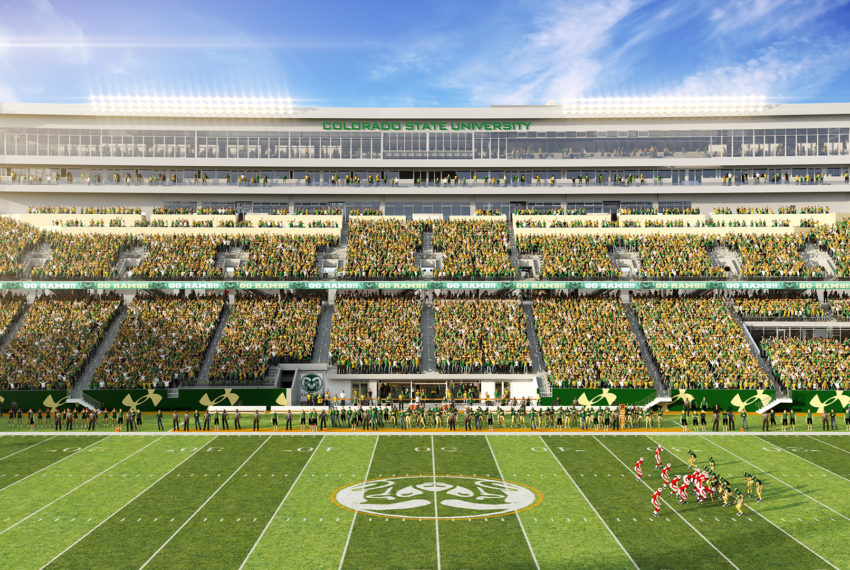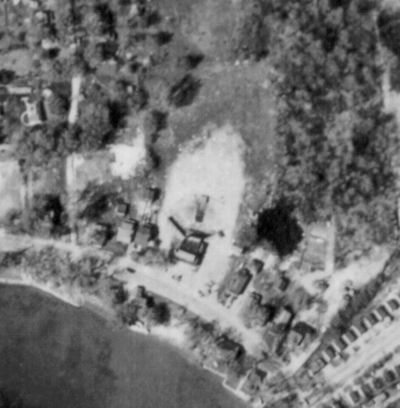
The Baretto 1957 Milan by the northern ticket office and Bar Nuovo Trotto by the trotting track behind are popular places to meet before matches. Book tickets for Inter games at and Milan at You’ll need to show your passport if buying at the ground. In 1947 Inter also moved in and the two arch-rivals have shared the stadium ever since, with Milan fans occupying the Curva Sud and Inter in the Curva Nord.Ī new metro station is currently being built next to the arena, but until then take the M1 metro line to Lotto, where shuttle buses run to the stadium. Officially known as the Stadio Giuseppe Meazza, after the pre-war World Cup forward who played for both clubs, most supporters still refer to the 80,000-capacity stadium by the name of the district, west of the city, where the then-Milan president Piero Pirelli commissioned its construction in 1926.


Current Serie B side AlbinoLeffe, who were formed in 1998 following a merger of fourth-tier sides Albinese and Leffe, share Atalanta’s home stadium.Īlso in the second division, Brescia celebrated their centenary last year, while Varese, a year older, were founded in 1910. Over in nearby Bergamo, Atalanta – who were founded by rich Swiss emigres in 1907 – have carved out a reputation as one of the strongest teams from outside Italy’s bigger metropolitan hubs, earning themselves the moniker “ Regina delle Provinciali” (queen of the provinces). In time, the black and blue ( nerazzurri) of Inter would come to represent the more prosperous and middle-class locals, while Milan’s red and back ( rossoneri) were the colours of the city’s blue-collar workers and migrants.

Nine years later, disgruntled Italian and Swiss members met in the back room of the Orologio restaurant and formed their own breakaway club, with the name “Internazionale” echoing the multi-national nature of their group, as opposed to the Anglicised “Milan”. With Milan as its capital, Lombardy has seen 36 scudetti come its way, with Internazionale and Milan currently all square with 18 titles each.įootball was introduced to the region in 1899 by an Englishman, Alfred Edwards, who formed the Milan Cricket and Football Club for expats and well-to-do Milanese, who would meet over cocktails at the American Bar in town.


 0 kommentar(er)
0 kommentar(er)
